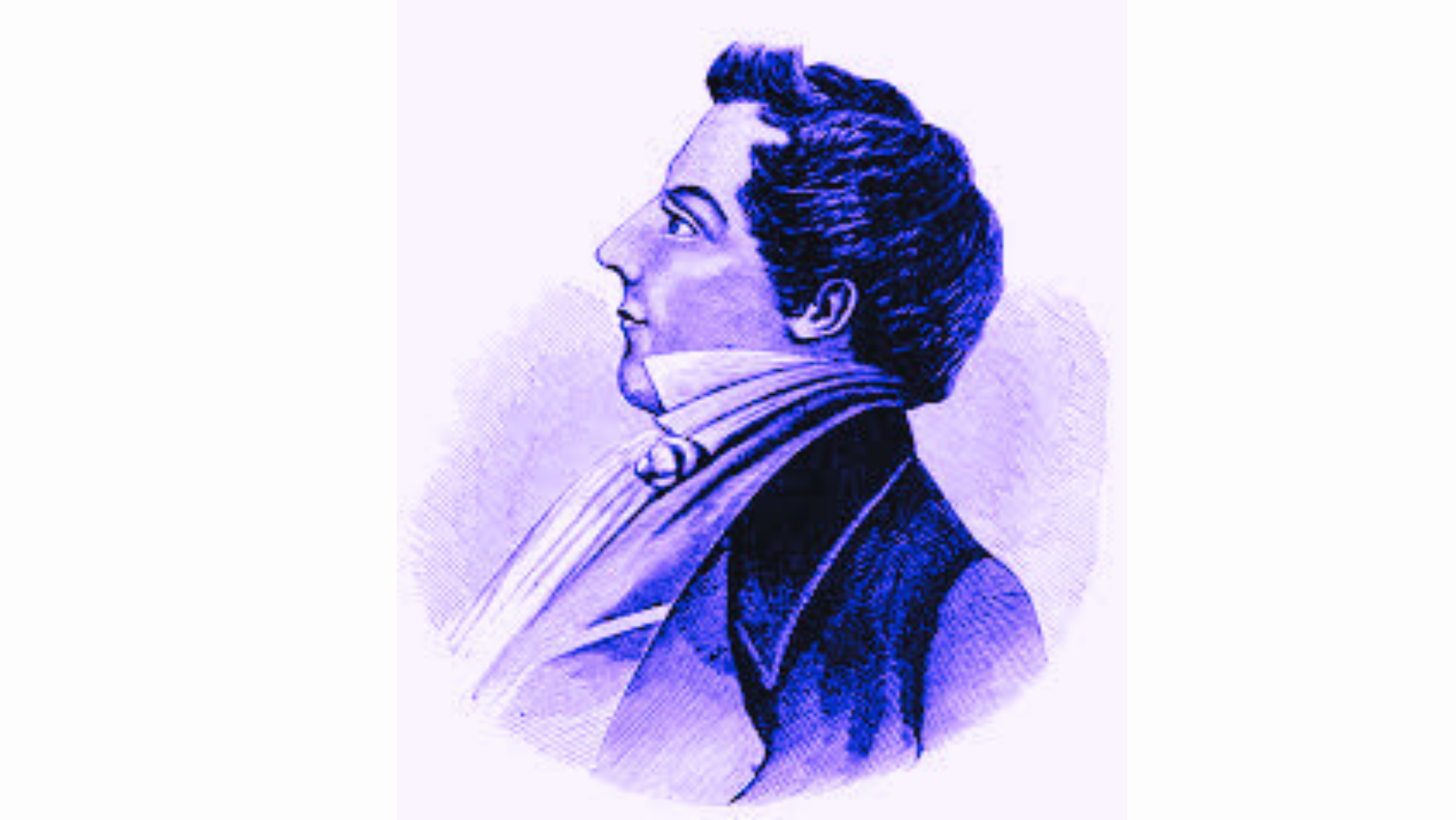"Borders on Pornography"
April 11, 2010The Editors. Dialogue Journal. I am a long-time subscriber to Dialogue and thoroughly enjoy the scholarly articles that it features. I must inform you, however, that I found the fiction section of the Spring 2010…










